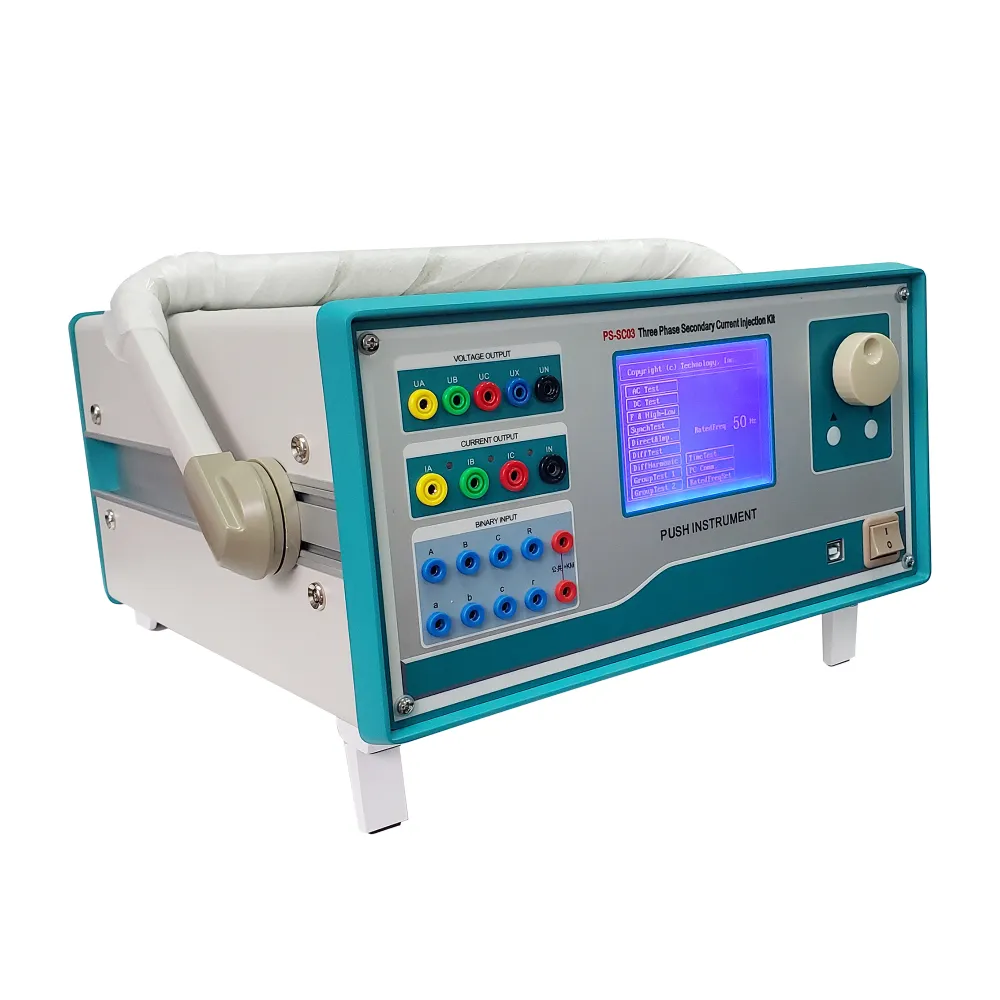 English
English



-
 Afrikaans
Afrikaans -
 Albanian
Albanian -
 Amharic
Amharic -
 Arabic
Arabic -
 Armenian
Armenian -
 Azerbaijani
Azerbaijani -
 Basque
Basque -
 Belarusian
Belarusian -
 Bengali
Bengali -
 Bosnian
Bosnian -
 Bulgarian
Bulgarian -
 Catalan
Catalan -
 Cebuano
Cebuano -
 China
China -
 China (Taiwan)
China (Taiwan) -
 Corsican
Corsican -
 Croatian
Croatian -
 Czech
Czech -
 Danish
Danish -
 Dutch
Dutch -
 English
English -
 Esperanto
Esperanto -
 Estonian
Estonian -
 Finnish
Finnish -
 French
French -
 Frisian
Frisian -
 Galician
Galician -
 Georgian
Georgian -
 German
German -
 Greek
Greek -
 Gujarati
Gujarati -
 Haitian Creole
Haitian Creole -
 hausa
hausa -
 hawaiian
hawaiian -
 Hebrew
Hebrew -
 Hindi
Hindi -
 Miao
Miao -
 Hungarian
Hungarian -
 Icelandic
Icelandic -
 igbo
igbo -
 Indonesian
Indonesian -
 irish
irish -
 Italian
Italian -
 Japanese
Japanese -
 Javanese
Javanese -
 Kannada
Kannada -
 kazakh
kazakh -
 Khmer
Khmer -
 Rwandese
Rwandese -
 Korean
Korean -
 Kurdish
Kurdish -
 Kyrgyz
Kyrgyz -
 Lao
Lao -
 Latin
Latin -
 Latvian
Latvian -
 Lithuanian
Lithuanian -
 Luxembourgish
Luxembourgish -
 Macedonian
Macedonian -
 Malgashi
Malgashi -
 Malay
Malay -
 Malayalam
Malayalam -
 Maltese
Maltese -
 Maori
Maori -
 Marathi
Marathi -
 Mongolian
Mongolian -
 Myanmar
Myanmar -
 Nepali
Nepali -
 Norwegian
Norwegian -
 Norwegian
Norwegian -
 Occitan
Occitan -
 Pashto
Pashto -
 Persian
Persian -
 Polish
Polish -
 Portuguese
Portuguese -
 Punjabi
Punjabi -
 Romanian
Romanian -
 Russian
Russian -
 Samoan
Samoan -
 Scottish Gaelic
Scottish Gaelic -
 Serbian
Serbian -
 Sesotho
Sesotho -
 Shona
Shona -
 Sindhi
Sindhi -
 Sinhala
Sinhala -
 Slovak
Slovak -
 Slovenian
Slovenian -
 Somali
Somali -
 Spanish
Spanish -
 Sundanese
Sundanese -
 Swahili
Swahili -
 Swedish
Swedish -
 Tagalog
Tagalog -
 Tajik
Tajik -
 Tamil
Tamil -
 Tatar
Tatar -
 Telugu
Telugu -
 Thai
Thai -
 Turkish
Turkish -
 Turkmen
Turkmen -
 Ukrainian
Ukrainian -
 Urdu
Urdu -
 Uighur
Uighur -
 Uzbek
Uzbek -
 Vietnamese
Vietnamese -
 Welsh
Welsh -
 Bantu
Bantu -
 Yiddish
Yiddish -
 Yoruba
Yoruba -
 Zulu
Zulu
tap switch for transformer
Understanding Tap Switch for Transformers An Essential Component for Voltage Regulation
Transformers play a crucial role in electrical power systems, functioning to change voltage levels to facilitate efficient transmission and distribution of electricity. One of the key components that enhance a transformer's effectiveness is the tap switch. This element is vital for maintaining voltage stability and adapting to the varying demands of the electrical grid.
What is a Tap Switch?
A tap switch, often referred to as a tap changer, is a mechanical device mounted on a transformer which allows for adjustments to the transformer’s turns ratio. By altering the connection point to the coil of the transformer, a tap switch effectively modifies the output voltage, thereby ensuring that the voltage remains within desired levels throughout varying load conditions.
The Importance of Voltage Regulation
Voltage regulation is critical in electrical systems because the end-users expect their devices to operate efficiently within specific voltage ranges. Fluctuations in voltage can lead to equipment malfunction, reduced performance, or even damage to sensitive electronics. Thus, maintaining consistent voltage levels is paramount for both reliability and safety in electrical distribution.
Types of Tap Changers
Tap changers can be categorized into two main types on-load tap changers (OLTC) and off-load tap changers (OLC). On-load tap changers allow for voltage adjustments while the transformer is operational, making them ideal for live systems where quick responsiveness is necessary. They incorporate sophisticated mechanisms to ensure smooth transitions between taps without causing interruptions or arcing.
tap switch for transformer

Off-load tap changers, on the other hand, require the transformer to be de-energized for adjustments. These are typically simpler devices and are suitable for applications where operational flexibility is not as critical. While they might be easier to maintain, their inability to adjust under load limits their application in modern, dynamic power systems.
Mechanism of Operation
The operation of a tap switch involves several components, including the tap selector, the drive mechanism (which can be electric or manual), and a control system. The control system monitors voltage levels and conditions of the network, automatically triggering adjustments as needed to maintain the desired output voltage.
The transition between different taps is usually managed through a series of contacts that ensure reliable switching while minimizing losses and electrical stress. This design aims to offer longevity and reliability while ensuring that operators can perform maintenance safely.
Impact of Tap Switches on Efficiency
The efficiency of a power transformer can be significantly influenced by the effective use of tap switches. By optimizing the voltage levels, these devices help reduce losses that occur due to non-ideal voltages. Furthermore, tap changers enable transformers to operate closer to their rated capacity, thereby enhancing overall energy efficiency in the system.
Conclusion
In conclusion, tap switches are indispensable components in the realm of transformers, specifically designed to facilitate voltage regulation in electrical systems. With their ability to adjust voltage levels on-load, they play a crucial role in meeting the demands of modern electrical networks that require adaptability and reliability. As the electrical landscape continues to evolve, tap switches will undoubtedly remain a critical area of focus for improving power system efficiencies and ensuring uninterrupted electricity supply to consumers. Understanding their function and importance is essential for professionals in the field of electrical engineering and energy management.
-
Testing Equipment Industry Sees Major Advancements in 2025: Smart & Precision Technologies Lead the WayNewsJun.06,2025
-
Applications of Direct Current Generators in Renewable Energy SystemsNewsJun.05,2025
-
Hipot Tester Calibration and Accuracy GuidelinesNewsJun.05,2025
-
Digital Circuit Breaker Analyzer Features and BenefitsNewsJun.05,2025
-
Benefits of Real-Time Power Quality Monitoring Devices for Industrial EfficiencyNewsJun.05,2025
-
Earth Fault Loop Testing in High-Rise Building Electrical SystemsNewsJun.05,2025



